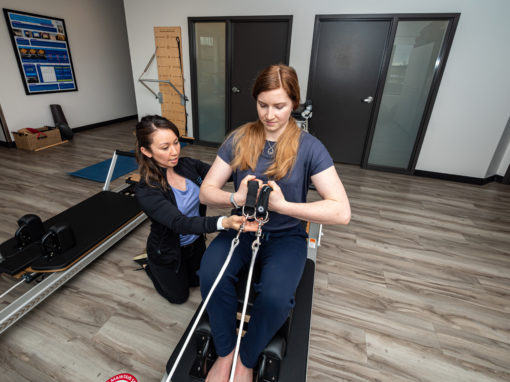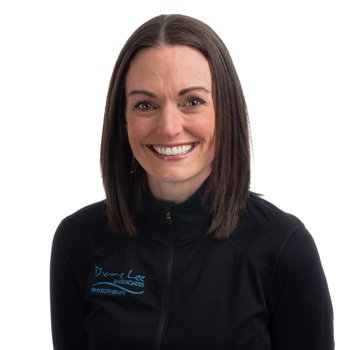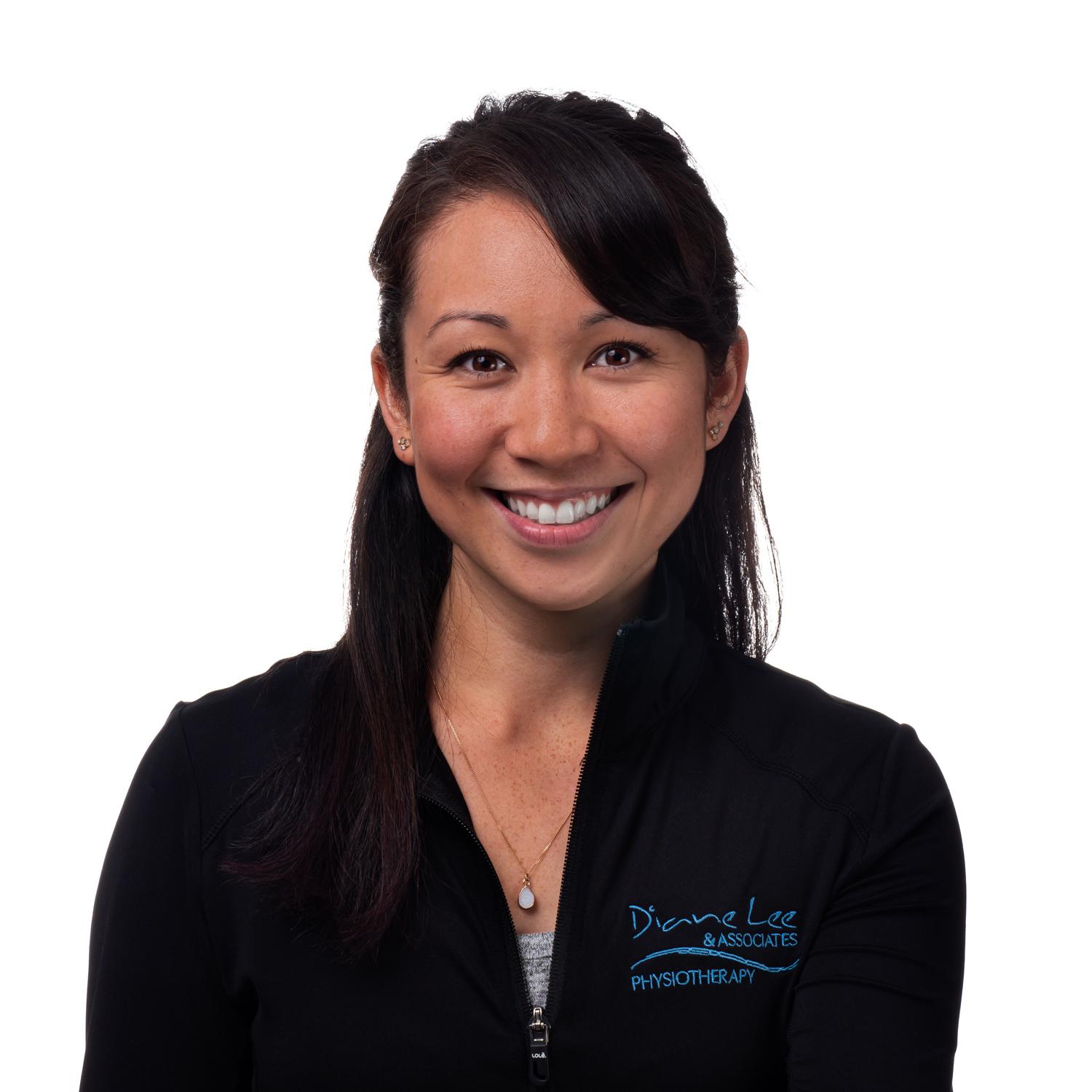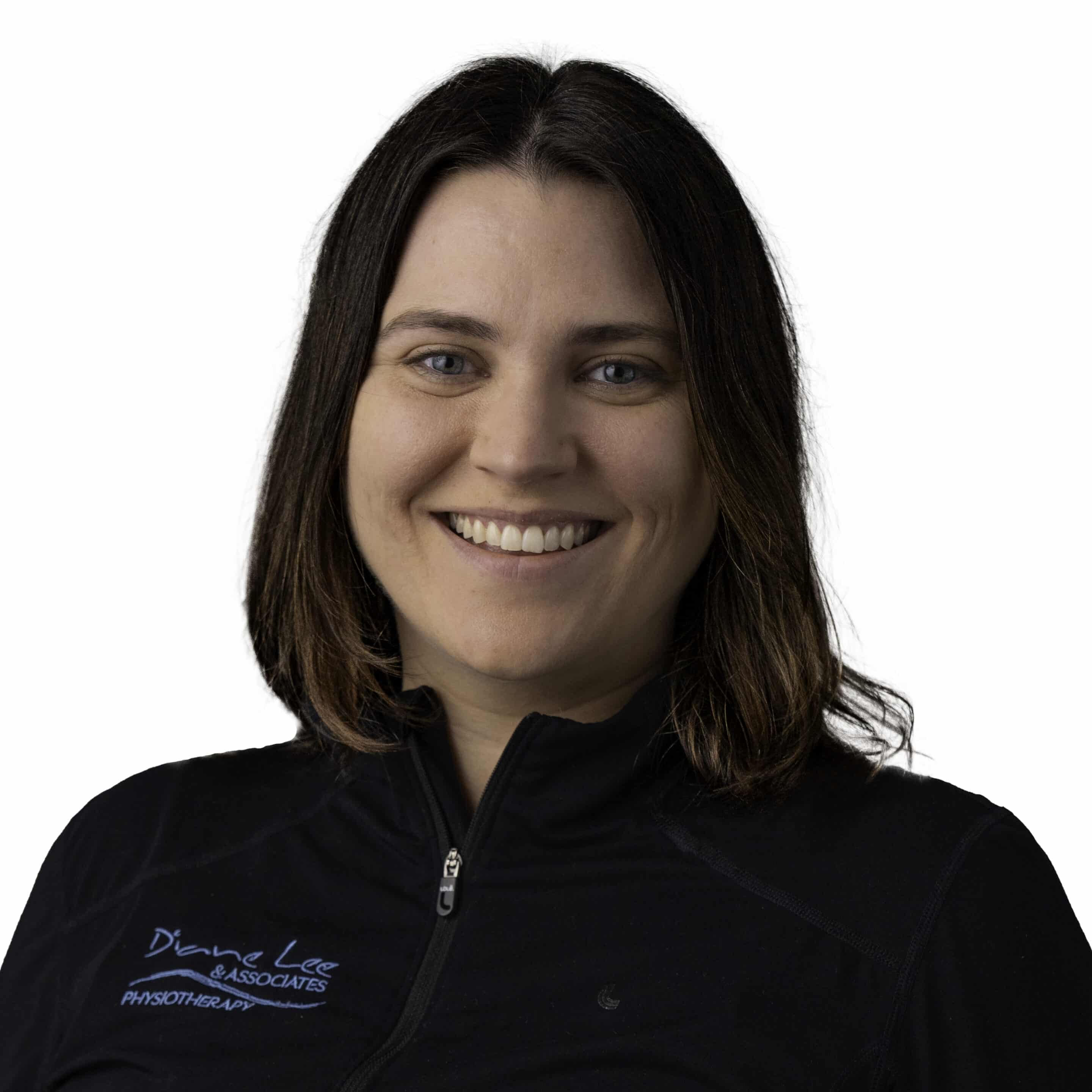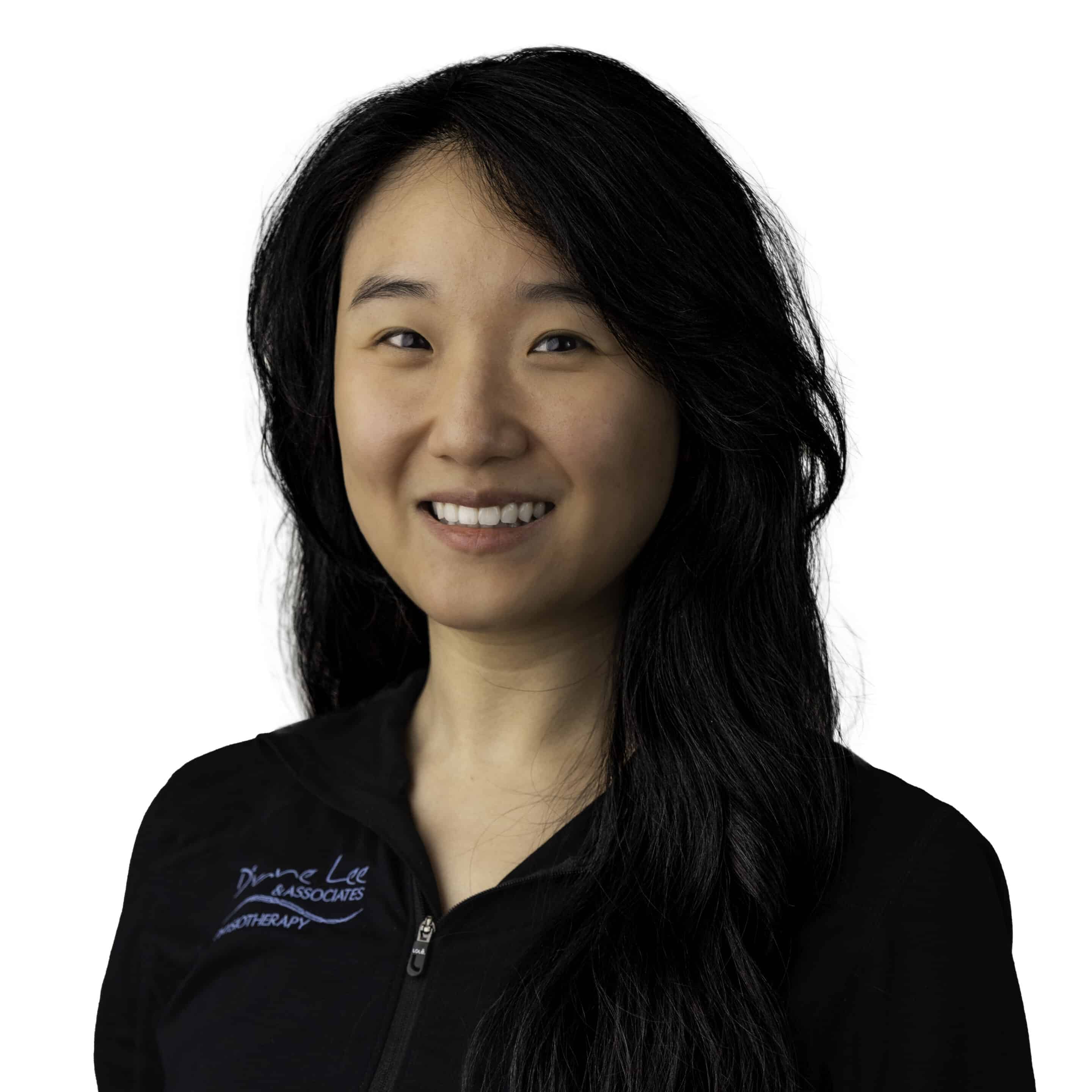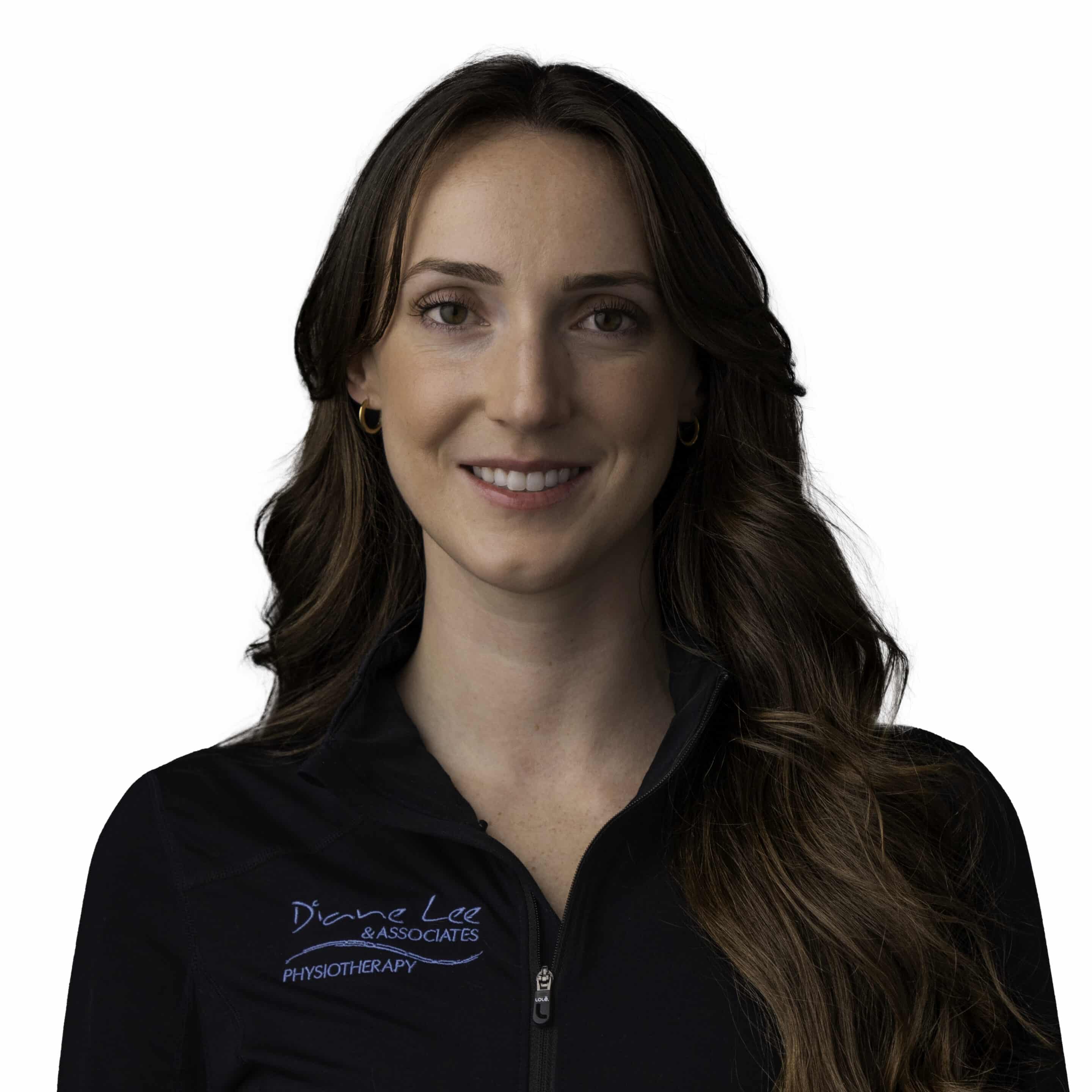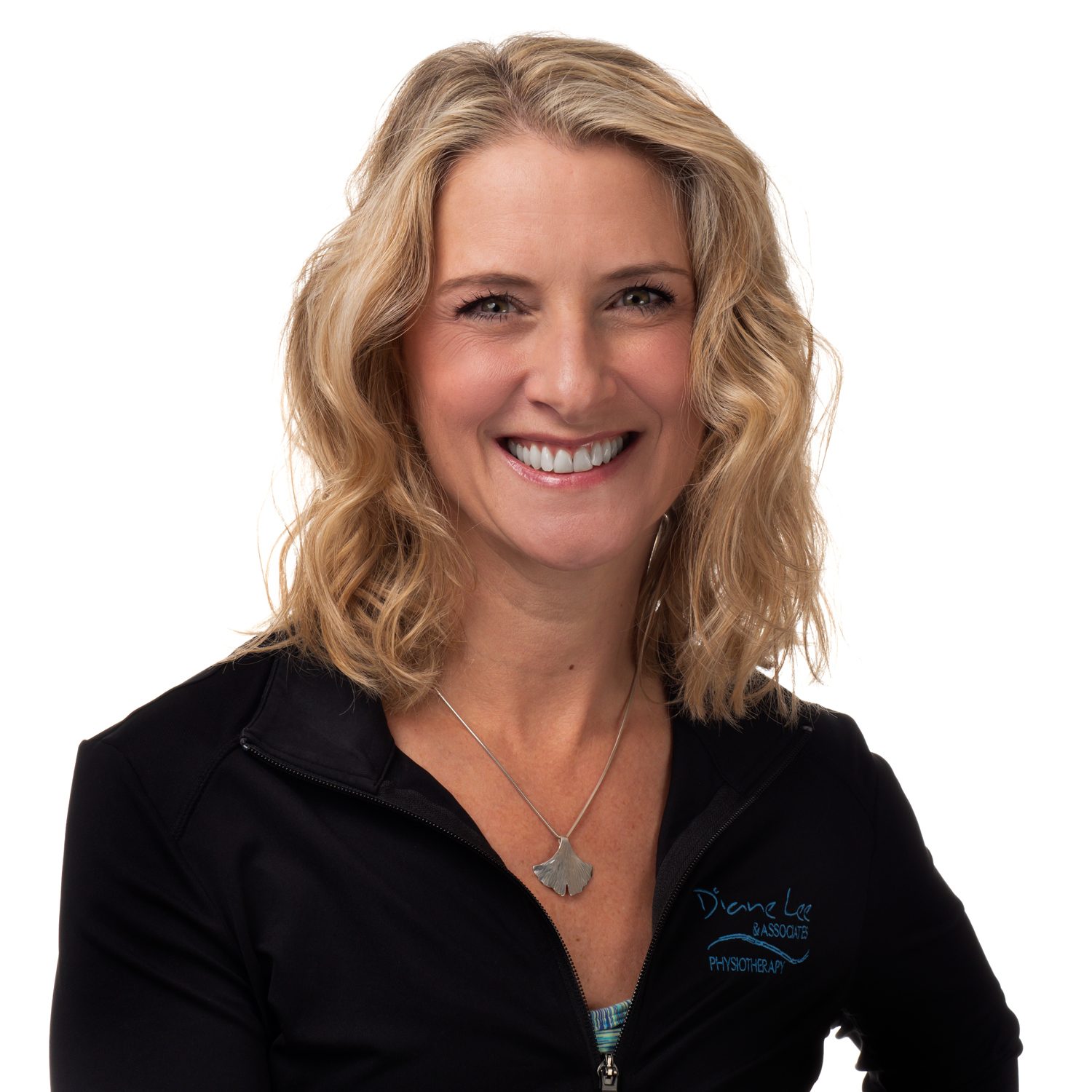“Are there any exercises that can help me?” “Are there any exercises, or things I shouldn’t do?” These are two of the most common questions we hear and are difficult to answer simply. The short answer is yes and no to both!
Recent research has changed the way therapists use exercises for both rehabilitation as well as strength and conditioning. For all areas of the body, the evidence supports correcting problems associated with how you use your muscles in a coordinated manner (e.g. ensuring proper timing of muscle activation during a task so you get optimal muscle engagement); this differs from the previous philosophy of focusing on exercises for strength and power of individual muscles (e.g. doing isolated exercises for your quads (leg extensions) and hamstrings (bent knee curls)).
Focusing on how you use your muscles will reduce the potential of reinforcing poor movement patterns and will optimize the retraining of your brain’s movement patterns/habits. The focus on quality of movement will reduce the irritation of injured areas and improve your recovery. Think of it this way – if you always do what you’ve always done, then you can’t expect any positive changes!
The key to correcting dysfunctional patterns of movement is to integrate ‘mindfulness’ or ‘awareness’ of movement during the task and to focus on making the task functional; this is often harder on the brain than the body! Our therapists use tools such as imagery in order to help you internalize, feel, and become aware of your muscles and this translates into an improved sense of less effort during your desired task or activity. Once you have new ways to think about, and perform, your meaningful task/activity (sit, stand, walk, run, cycle, triangle pose, sleep), you can begin to merge these new strategies with more traditional training.
We collaborate with many personal trainers and exercise facilities in the South Surrey/White Rock area and are happy to refer you to an appropriate trainer for ongoing exercise instruction when you are ready to take on more.
A final note: What tells your muscles how to behave (i.e. when to contract, how much, when to relax etc)?…. The nervous system does. Understanding your brain and knowing what to ‘think about’ rather than ‘do’ will help to change your pain, posture and movement patterns, and really quickly too. If you are interested in reading more about this topic, we would highly recommend the following articles and books:
- Core Training vs Core Strengthening education article by Diane Lee on this website
- The Brain that Changes Itself by Norman Doidge
- Mindsight by Daniel Seigel
Related Services
Clinical Pilates
Take your treatments to the next level with a personalized rehabilitative Pilates program designed with your injuries in mind.
